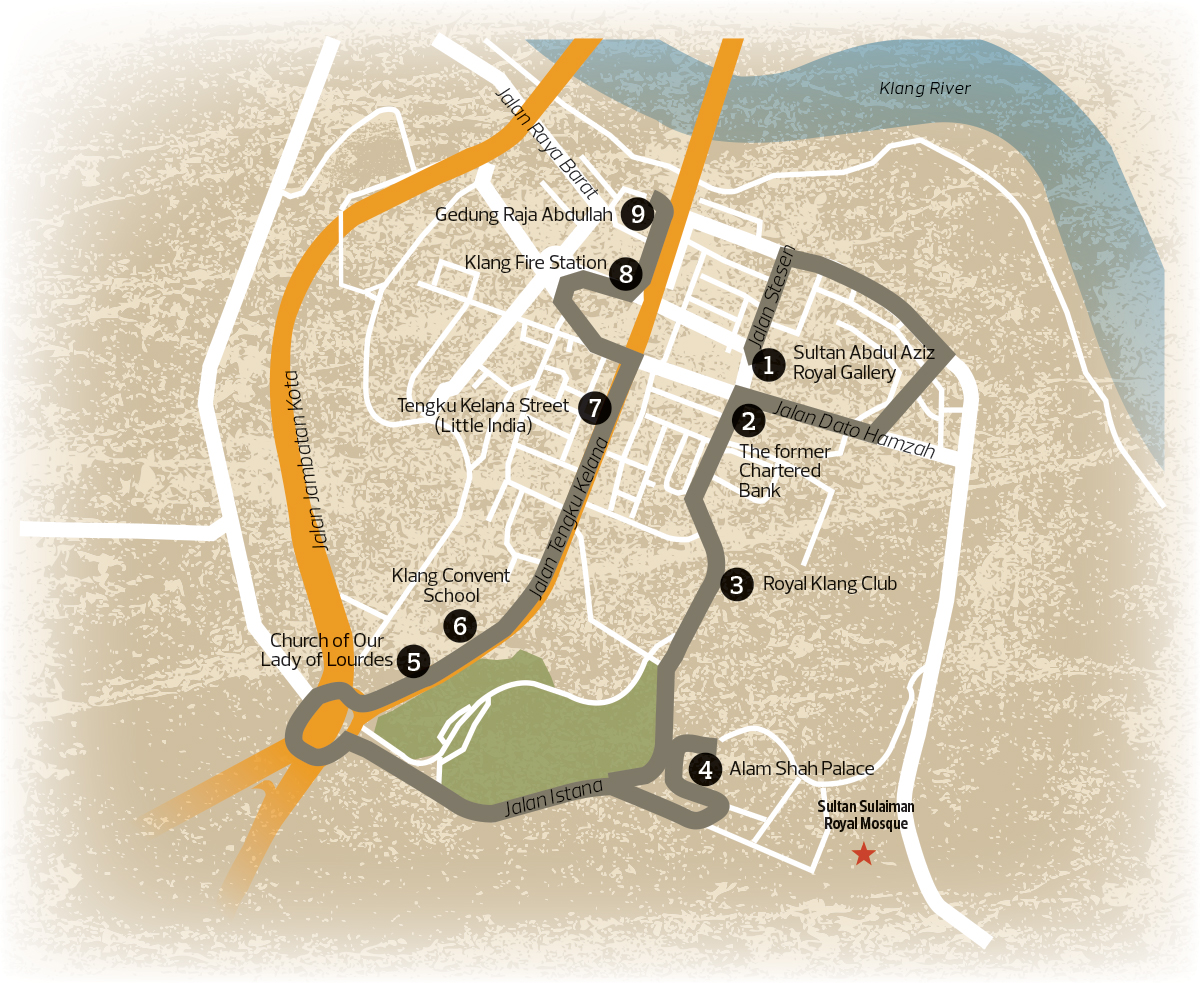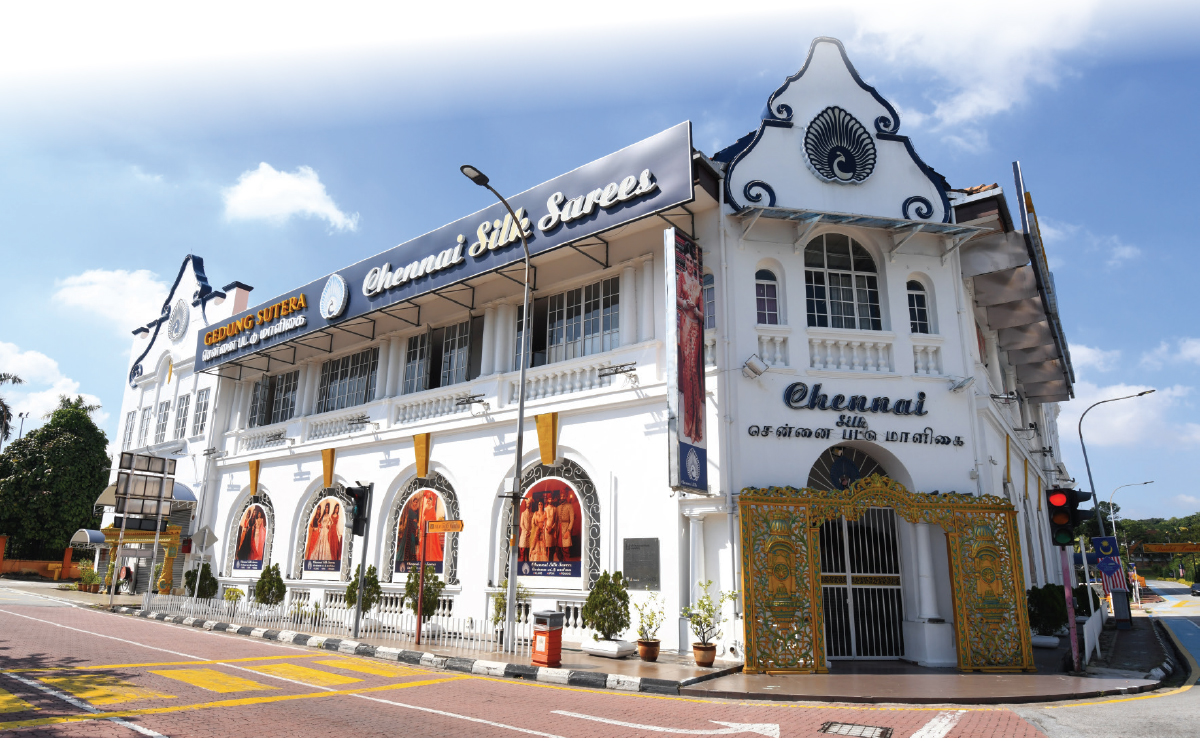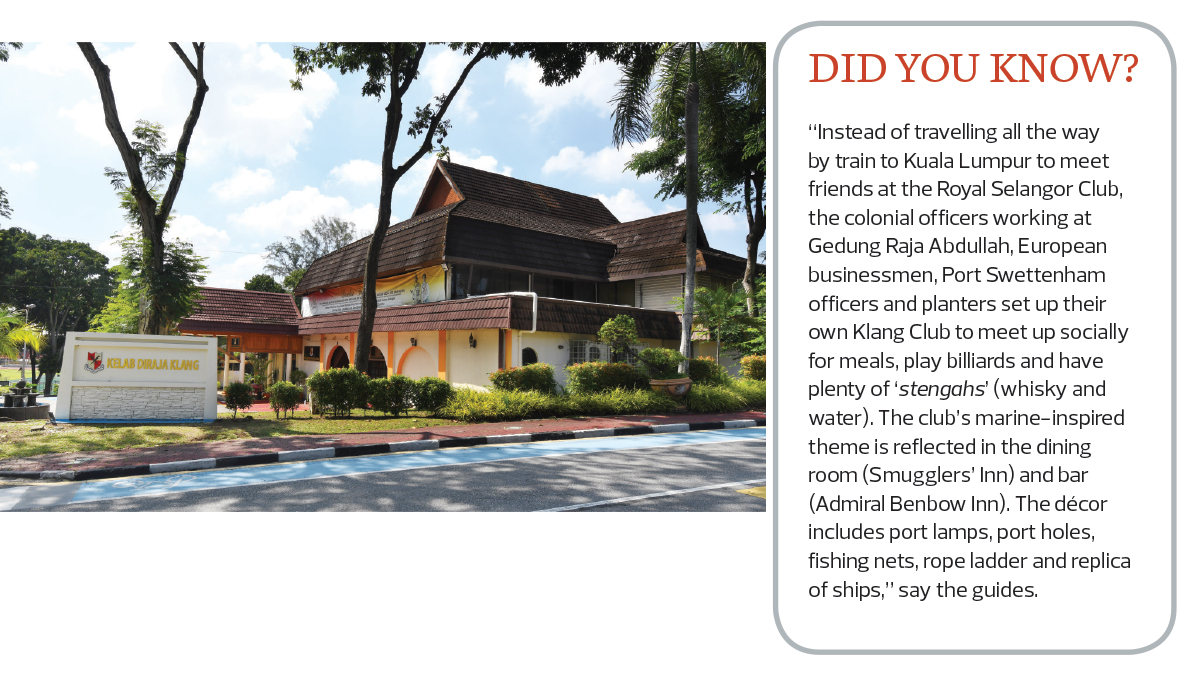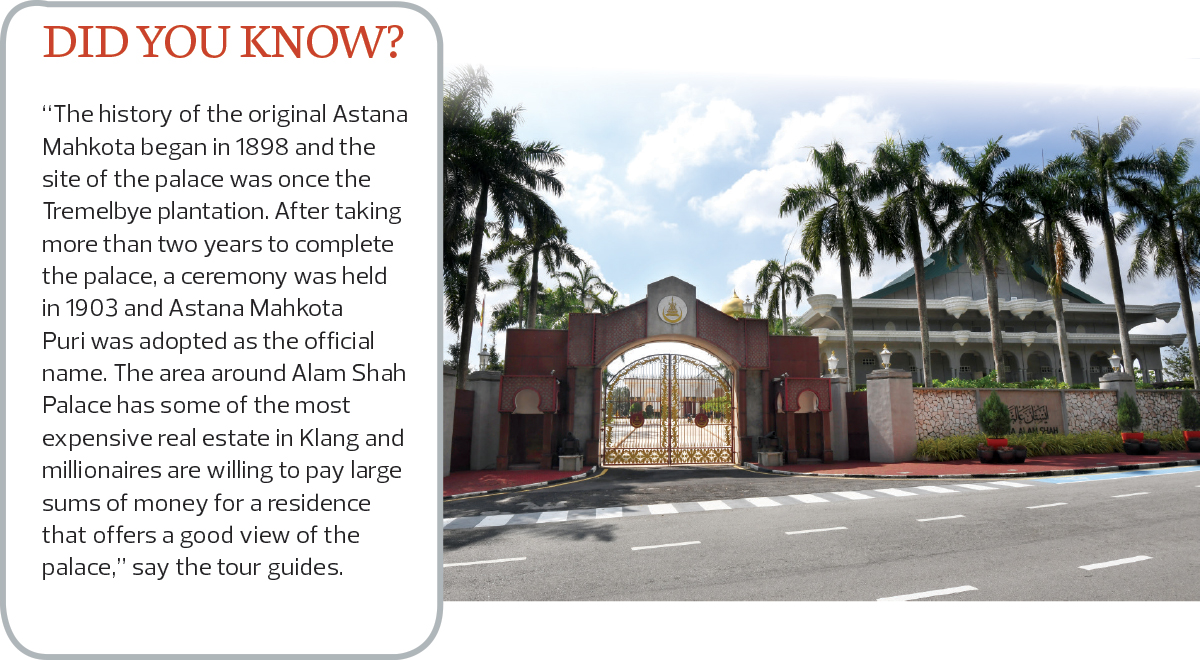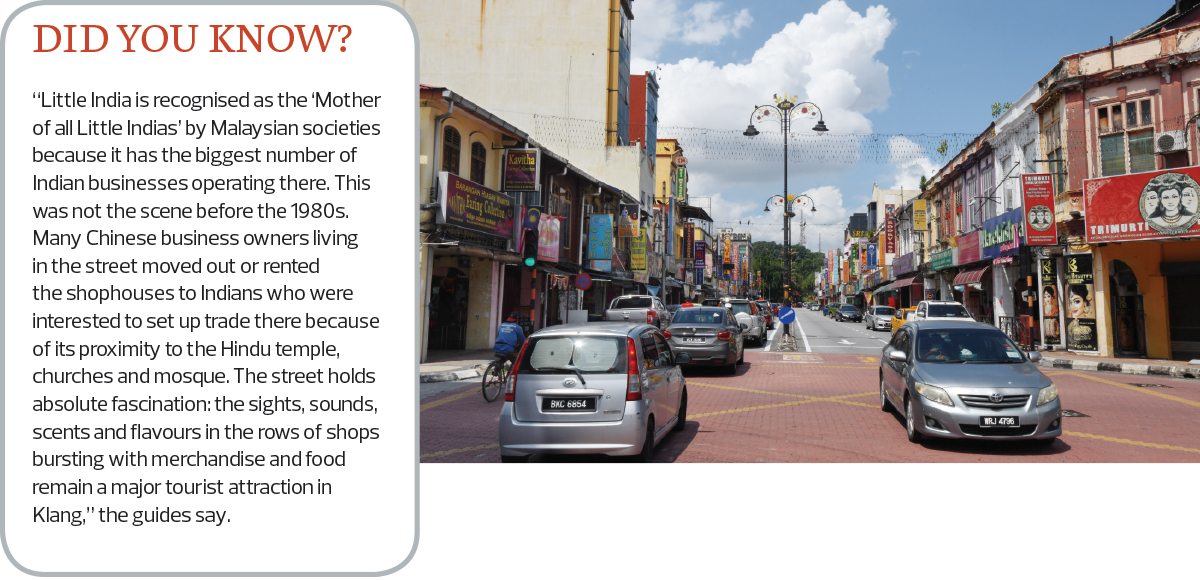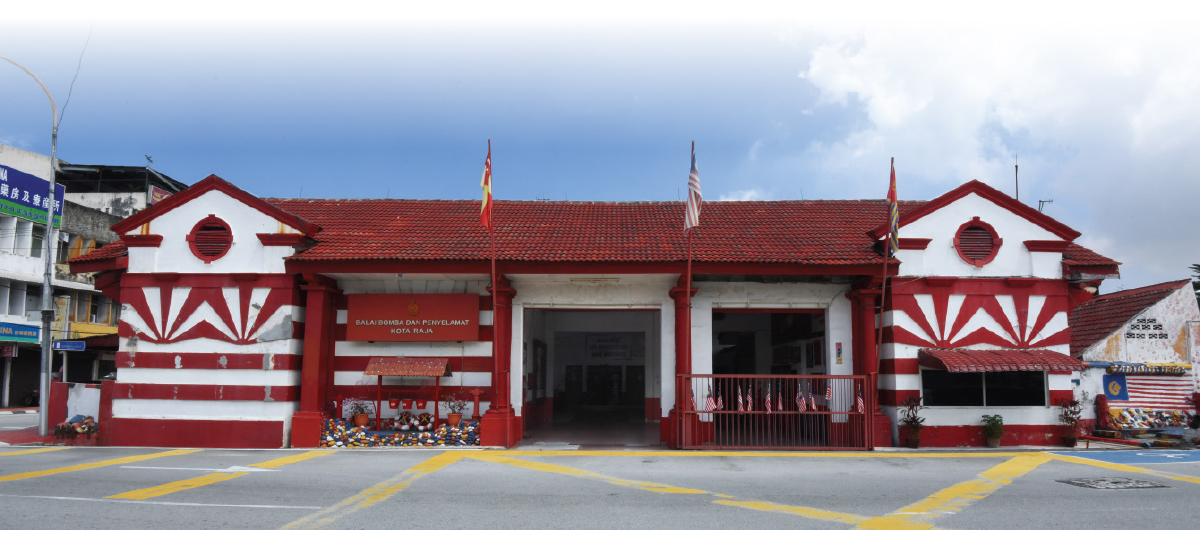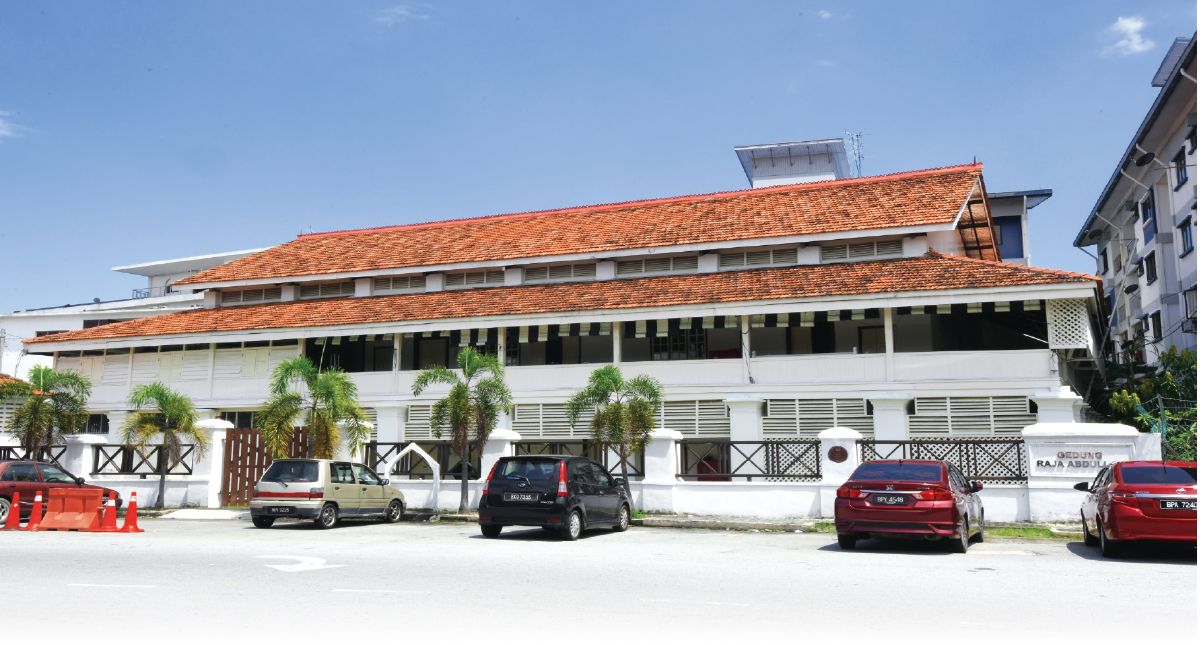
This article first appeared in City & Country, The Edge Malaysia Weekly on September 6, 2021 - September 12, 2021
One of the oldest towns in Malaysia and the former capital of Selangor, the town is rich in heritage and unlikely charms. Even locals may not know about some of its attractions.
The Royal Klang Town Heritage Trail highlights some historical sites, including clusters of colonial structures, a fire station, a school, royal gallery, and warehouse built by a local Malay chieftain. The following are some of the places not to be missed for any visitor.
2 The former Chartered Bank
The former Chartered Bank building, which is located at the intersection of Jalan Istana and Jalan Dato Hamzah, was established in 1874 and is the first financial institution in Klang. From 1909 to 1957, the first and second floors of the building were used as the British Administration office, according to selangor.travel.
It is characterised as having a Neoclassical style, with two stretches of balcony at the upper level overseeing the roadside, reflecting the influence of colonial architecture. The building’s distinctive features are the Dutch-style gables.
The venue has been renovated and currently houses an Indian boutique shop called Chennai Silk Palace, which offers colourful silk sarees and brassware.
4 Alam Shah Palace
According to the tour guides, Alam Shah Palace was erected on the site of Astana Mahkota Puri, which was built for the installation of the fifth Sultan of Selangor, Sultan Sir Alaeddin Suleiman Shah.
Completed in 1960, the building is located along Jalan Istana and was extensively renovated for the installation ceremony of Sultan Sharafuddin Idris Shah, the ninth and current Sultan of Selangor, in 2001. The palace’s commanding elevated location overlooks the Sultan Sulaiman Royal Mosque and features interesting downhill steps that lead to manicured gardens.
The crowning glory of the palace is the golden onion dome that is supported by an octagon-shaped pillar, according to selangor.travel.
6 Klang Convent School
According to the tour guides, the school was a branch of Convent Bukit Nanas and was managed by the Holy Infant Jesus Convent in Kuala Lumpur. Construction started in 1924 and the school comprised classrooms, a hall and a large compound and was ready to cater for an increasing number of students.
Officially opened in January 1928 by the Chief Secretary of the British Administration Sir William Peel, the school’s building is symmetrical, with equal bays on each side of a central 2-storey entrance block serving as a porte cochere. The plain pointed arches of the main entrance span the road, giving public access to the central stair hallway.
8 Klang Fire Station
Constructed by the British colonial government to safeguard the town from fires, this vividly red-and-white-striped fire station has occupied the same Victorian-style building since the 1890s and is located in Jalan Gedung Raja Abdullah. It was put under the monitoring and supervision of the district police until the 1950s, according to nst.com.my. Despite the renovations, it has maintained its original structure and architectural design and now also houses a small museum dedicated to the history of the fire service in Klang. There, one would be able to look at the exhibits, including a wind-up siren, historic fire extinguishers, uniforms, hoses and nozzles.
Save by subscribing to us for your print and/or digital copy.
P/S: The Edge is also available on Apple's App Store and Android's Google Play.
- Richest woman in Indonesia loses US$3.6b in just three days
- Intel’s Malaysian-born CEO faces ‘show me’ moment after US$22b rally
- HeiTech Padu's CEO resigns barely three months at the helm
- Elizabeth Tan steps down as CEO of IGB REITs, father Robert Tan redesignated as executive chairman
- Senior citizen who slapped non-Muslim will be re-charged this afternoon, says AG
- Samaiden, Solarvest, Poh Kong, Affin, Eco World International, ITMAX, Lim Seong Hai Capital, Gagasan Nadi Cergas, NCT Alliance, YTL Power, Heitech Padu, IGB Commercial REIT, IGB REIT, Favelle Favco, Sapura Industrial, TSR Capital
- Trends: More serious work in sustainability to be done
- Number of EV users rising in Malaysia
- News: Malaysia passes Carbon Capture, Utilisation and Storage Bill 2025
- Views: Why Corporate Malaysia can’t afford to stall on DEI


